When I arrived in Beijing on a bright afternoon, I was immediately captivated by the blend of grandeur and history that the city radiates. It was a journey into a world where ancient stories come alive through architecture that has withstood the test of centuries. The sense of walking through a living museum was overwhelming — and honestly, deeply moving. My Beijing travel experience began with that powerful feeling of awe, as towering ancient walls and grand courtyards unfolded before me.
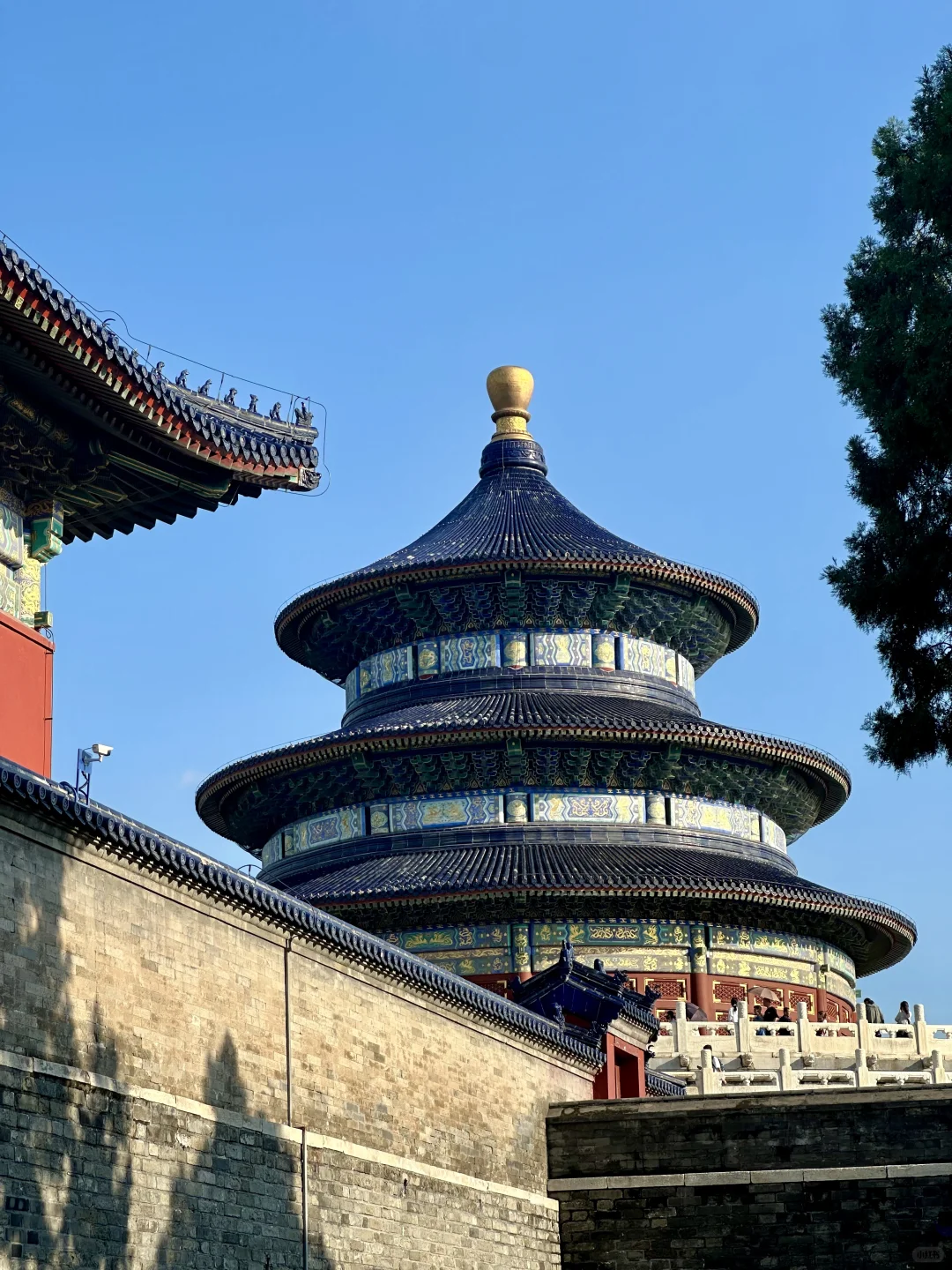
There’s something about the air in Beijing, a whisper of the past mingling with the present. The city’s pulse seemed to beat to an age-old rhythm. From my arrival, I felt transported into a different era; the perfect introduction for what turned out to be a journey focused on exploring historical sites in Beijing.
One of the most unforgettable parts of my trip was visiting several historical sites Beijing is famous for. Places like the Forbidden City, with its endless red walls and golden roofs, breathe history at every corner. Each building seemed to echo with stories of emperors and dynasties.
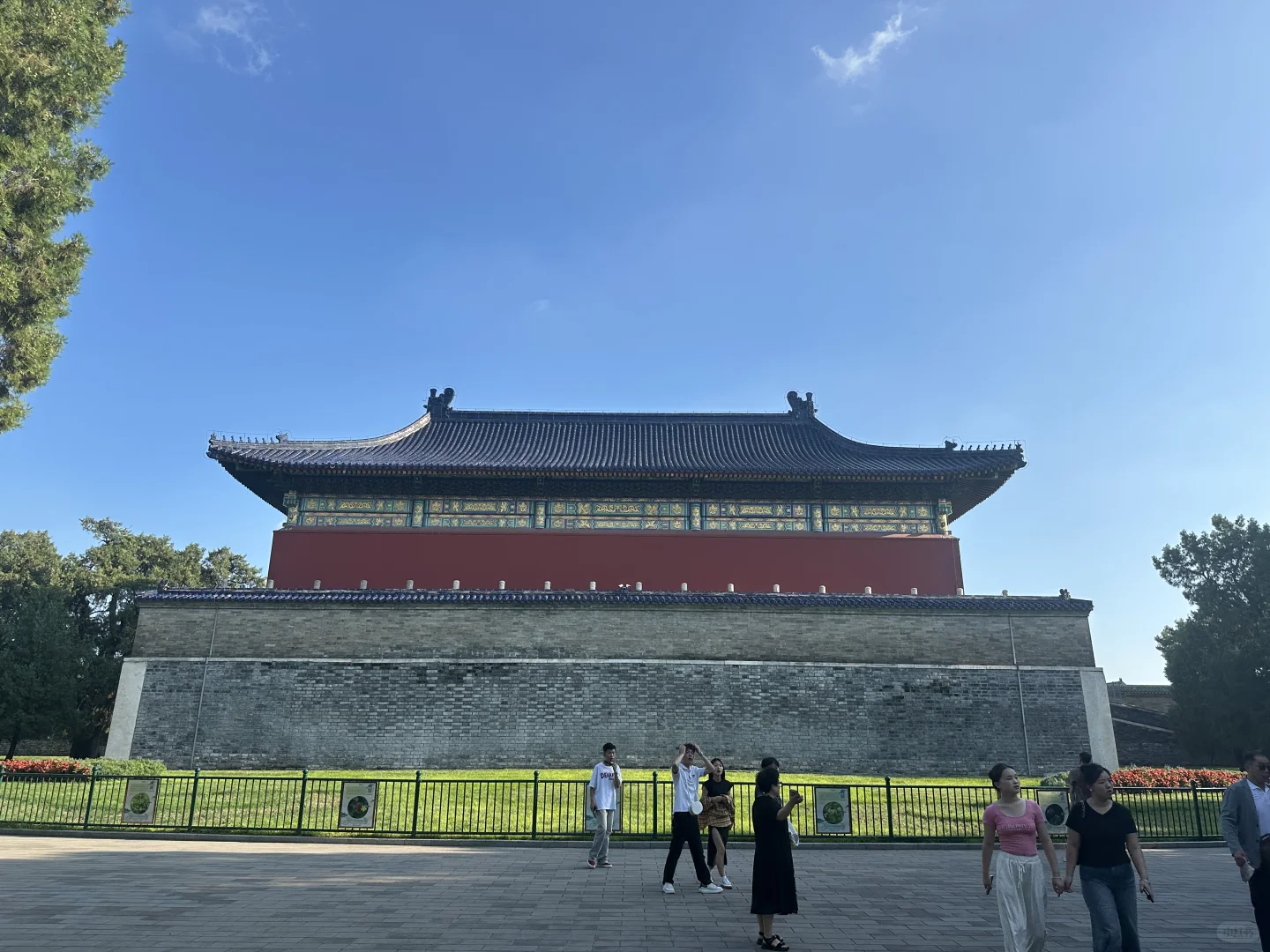
I remember stepping through the Imperial Ancestral Temple, just outside the Forbidden City. According to the Temple’s official historical records, this sacred site was used by Ming and Qing emperors to honor their ancestors, a tradition that lends profound depth to Beijing’s cultural landscape.
Wandering beneath the towering ancient trees and passing pillars carved with Chinese characters, I was struck by a feeling of respect and quiet reverence. Every corner spoke to longevity, resilience, and the pride of a civilization that treasures its roots. It was also exciting to discover quieter spots like small courtyards and alleyways where local life pulses uninterrupted by the massive tourist flows.
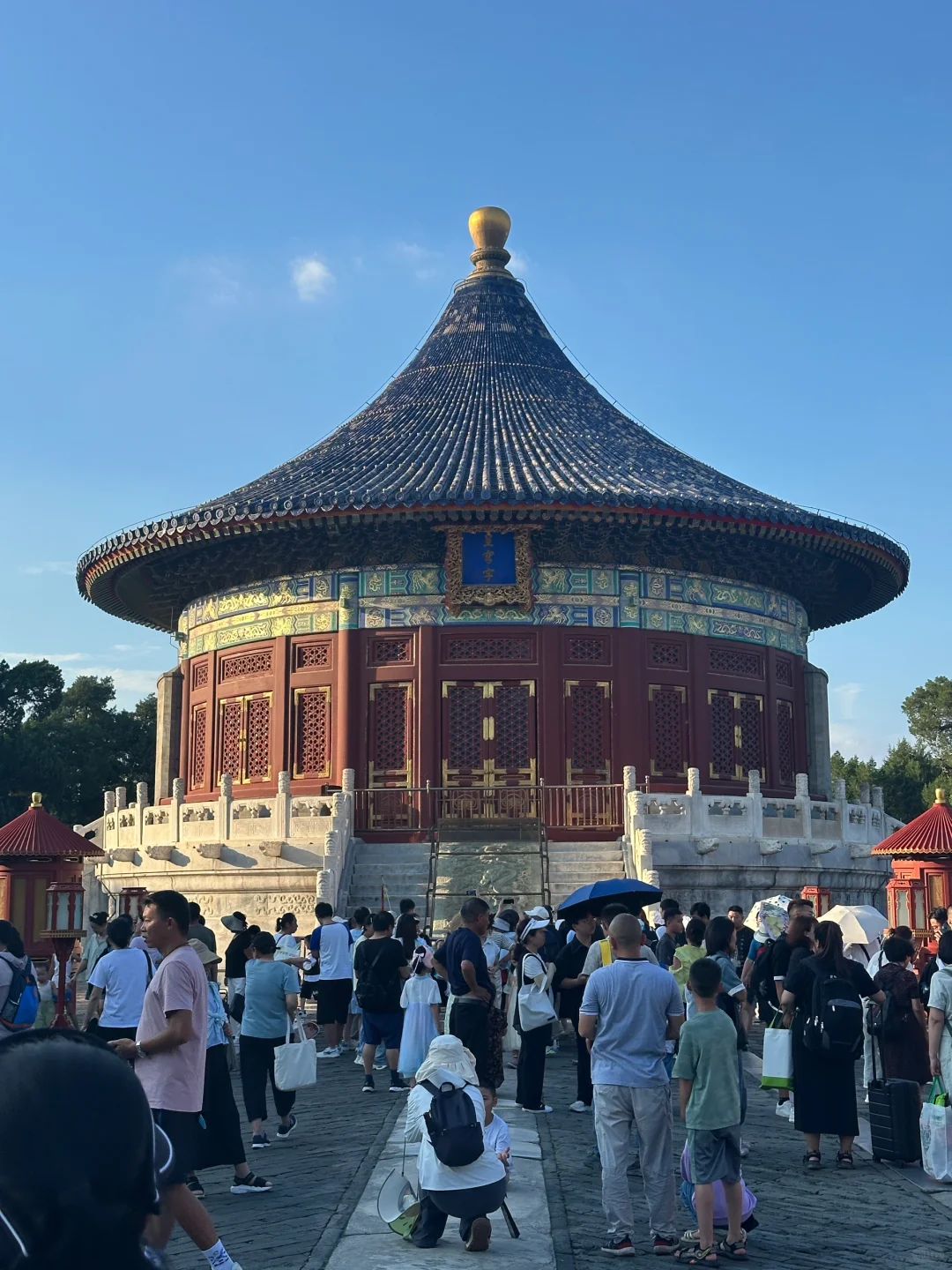
Discovering The Temple of Ancient Monarchs was a highlight, with its seven shrines dedicated to venerating imperial ancestors. This spot is less known but deeply rich with ceremonial significance, especially when you realize the memorial tablets inside represent nearly 200 emperors. Moments like these made me appreciate the layered history embedded in every ancient building Beijing preserves.
The city is a mosaic of architecture, where palaces, temples, and city gates showcase master craftsmanship from dynasties past. Exploring these ancient buildings Beijing allows a glimpse into the artistic and spiritual heart of China’s capital. From the swooping, tiled roofs to the carved dragons and phoenixes perched on eaves, the attention to detail proved mesmerizing.

Experiencing these buildings firsthand, I noticed how they aren’t just relics but places where history is continuously celebrated and preserved. For instance, the courtyards are still sites for cultural performances, traditional weddings, and local festivals. The authenticity shared by Xiaohongshu travelers I followed online matched my own feelings of being immersed in a living tradition.
If you want to dive deeper into Beijing’s charming hutongs, check out our full guide here.
While the grand palaces and temples are the backbone of Beijing sightseeing, the city’s local charm truly comes alive when you venture into the alleyways and markets. Bike rides around the hutongs, delicious street snacks like jianbing, and casual conversations with vendors gave me a richer understanding of the city’s soul.
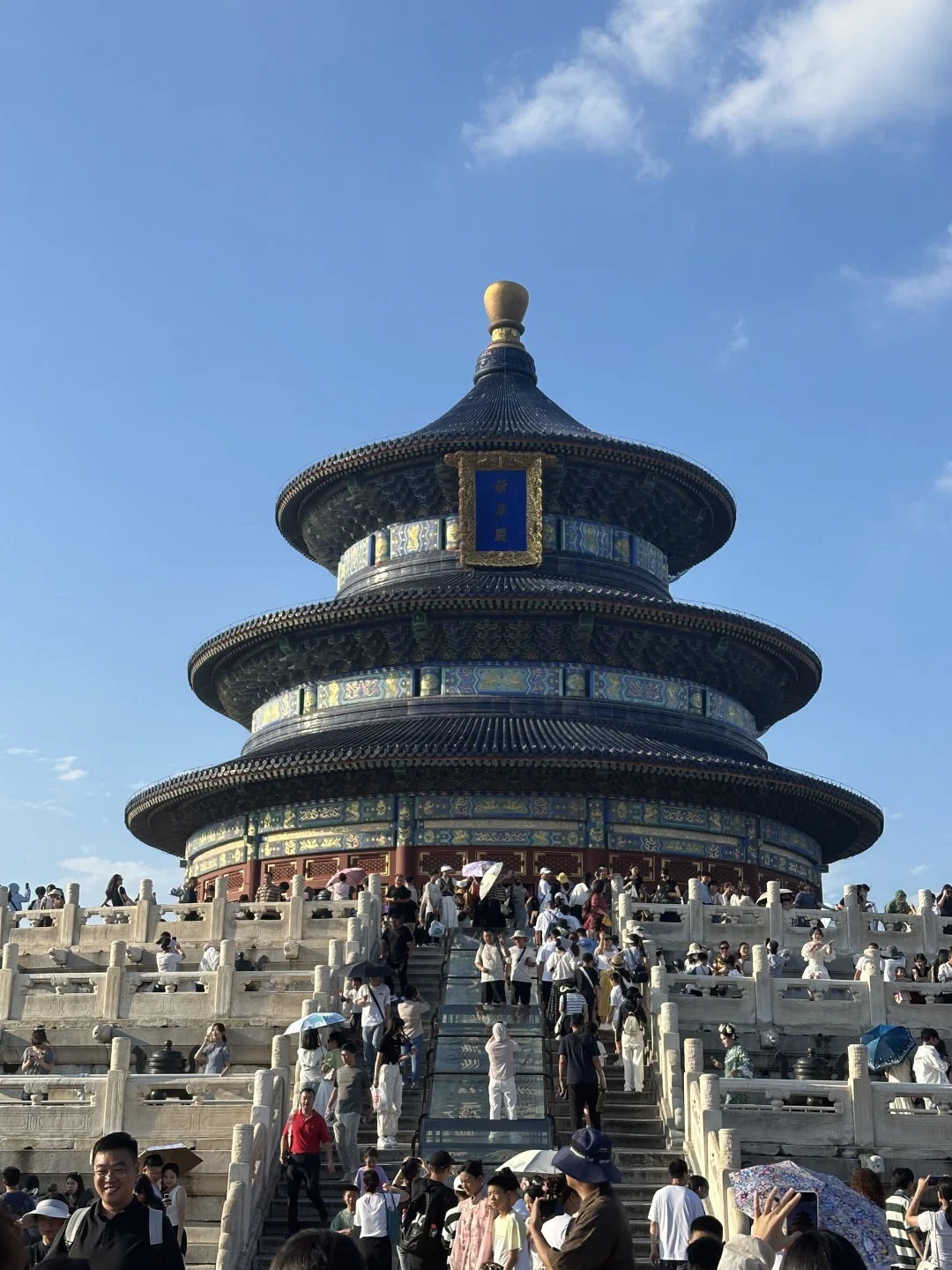
My strolls took me to Tiananmen Square, where the scale of history is as vast as the space itself. Standing there, the echoes of significant 20th-century events mingled with the timeless presence of the nearby Forbidden City. It was a clear reminder of how Beijing tourism balances the past and present.
In one memorable evening, I joined a small group at a Peking opera performance near the Drum Tower. The music, costumes, and storytelling brought my exploration to life in a way no museum exhibit could. These moments, enriched with firsthand perspectives and local insights, created a travel experience that felt vibrant and meaningful.
Discover more about Beijing’s food scene in our local cuisine guide.
For those planning their own journey, here are some tips I found useful:
This practical knowledge helped me smoothly navigate the city while fully appreciating the essence of Beijing tourism.
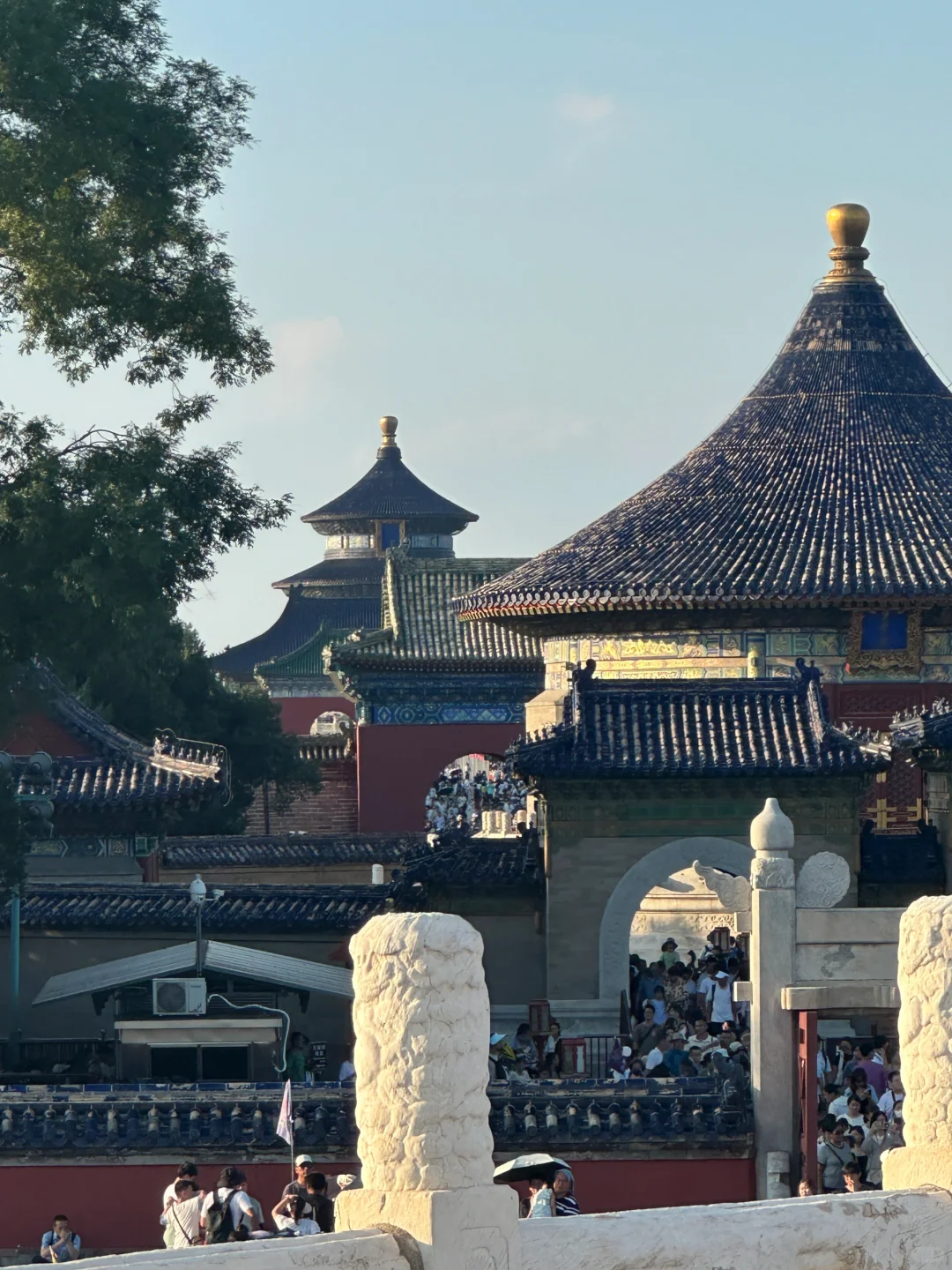
Looking back, my Beijing historical travel guide journey was filled with moments where the breathtaking grandeur and deep history blended into one unforgettable experience. Whether it was walking through imposing palaces, admiring ancient buildings Beijing is proud to host, or simply soaking in the local everyday life, I felt genuinely connected to this magnificent city.
For anyone interested in exploring a place where past and present coexist beautifully, Beijing offers a treasure trove of sights and stories. The city’s allure lies not only in its famous landmarks but also in the spaces between — the quiet courtyards, bustling markets, and friendly faces that invite you to linger a little longer.
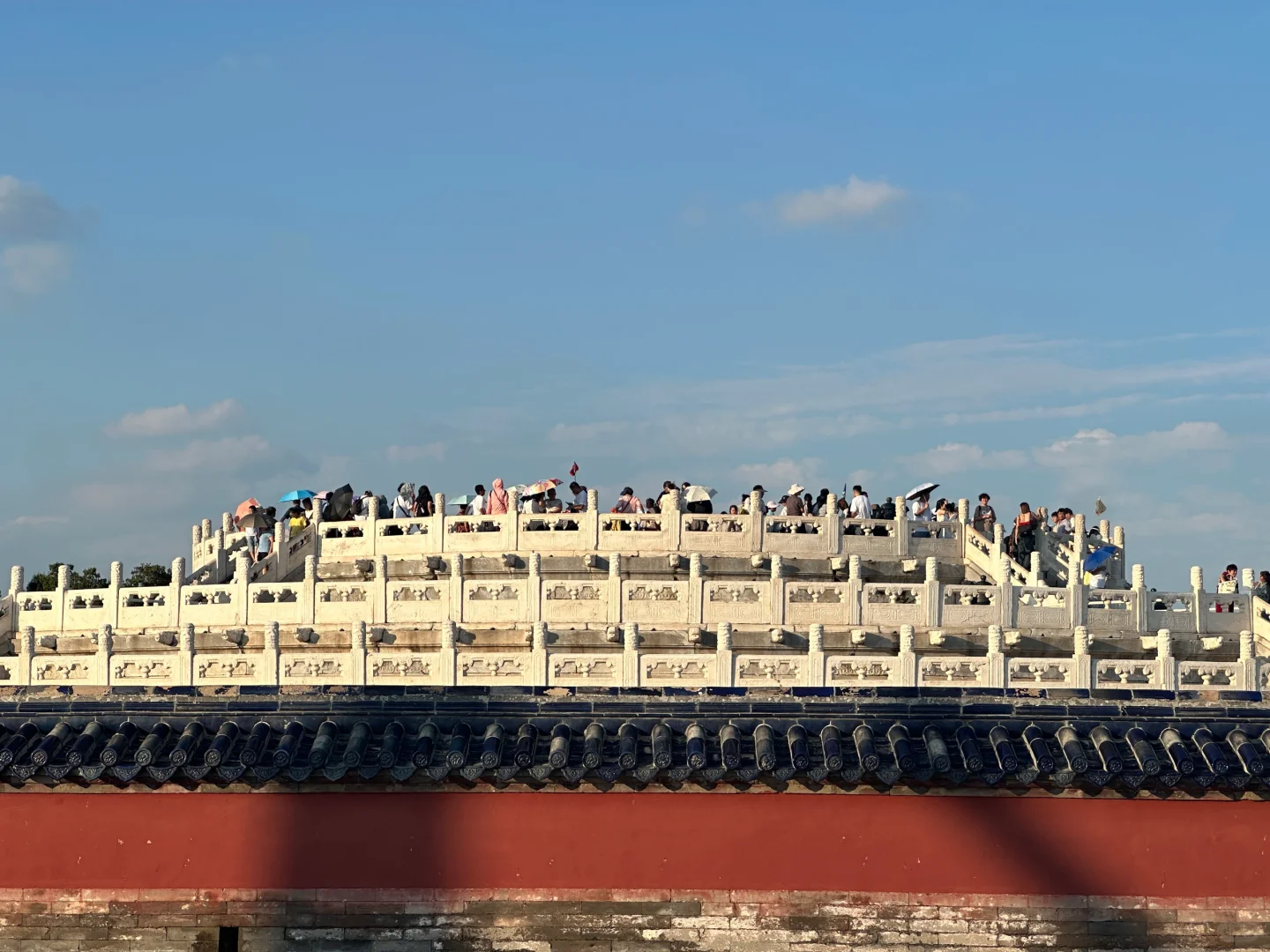
So, if you’re considering a trip that goes beyond surface sightseeing, take the time to embrace the richness of Beijing travel. It’s not just a destination; it’s a story unfolding with every step you take.
Explore our top 10 must-see attractions in Beijing for your next visit.
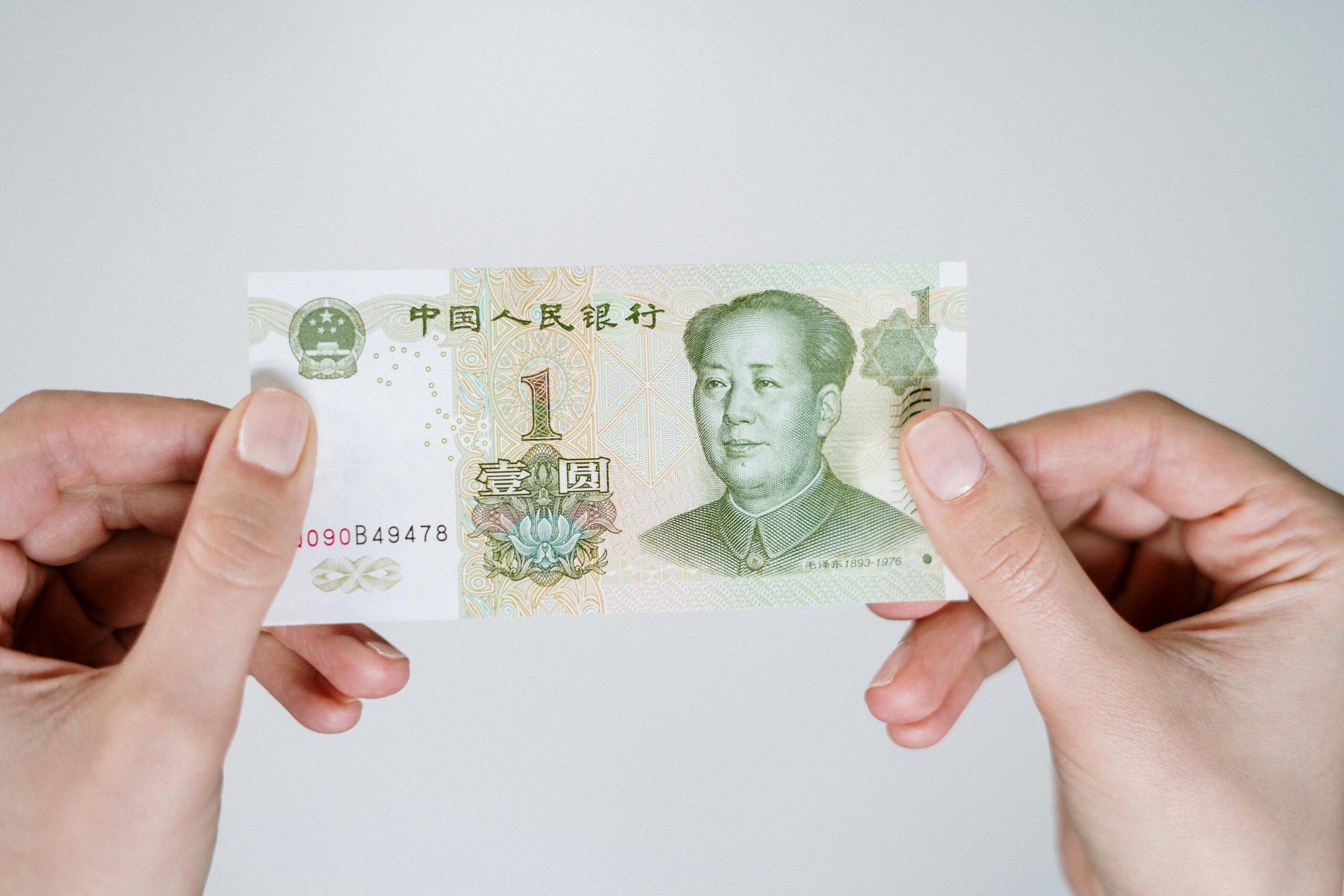
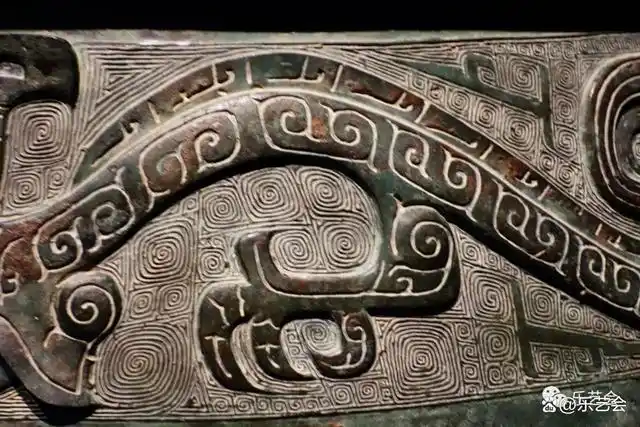
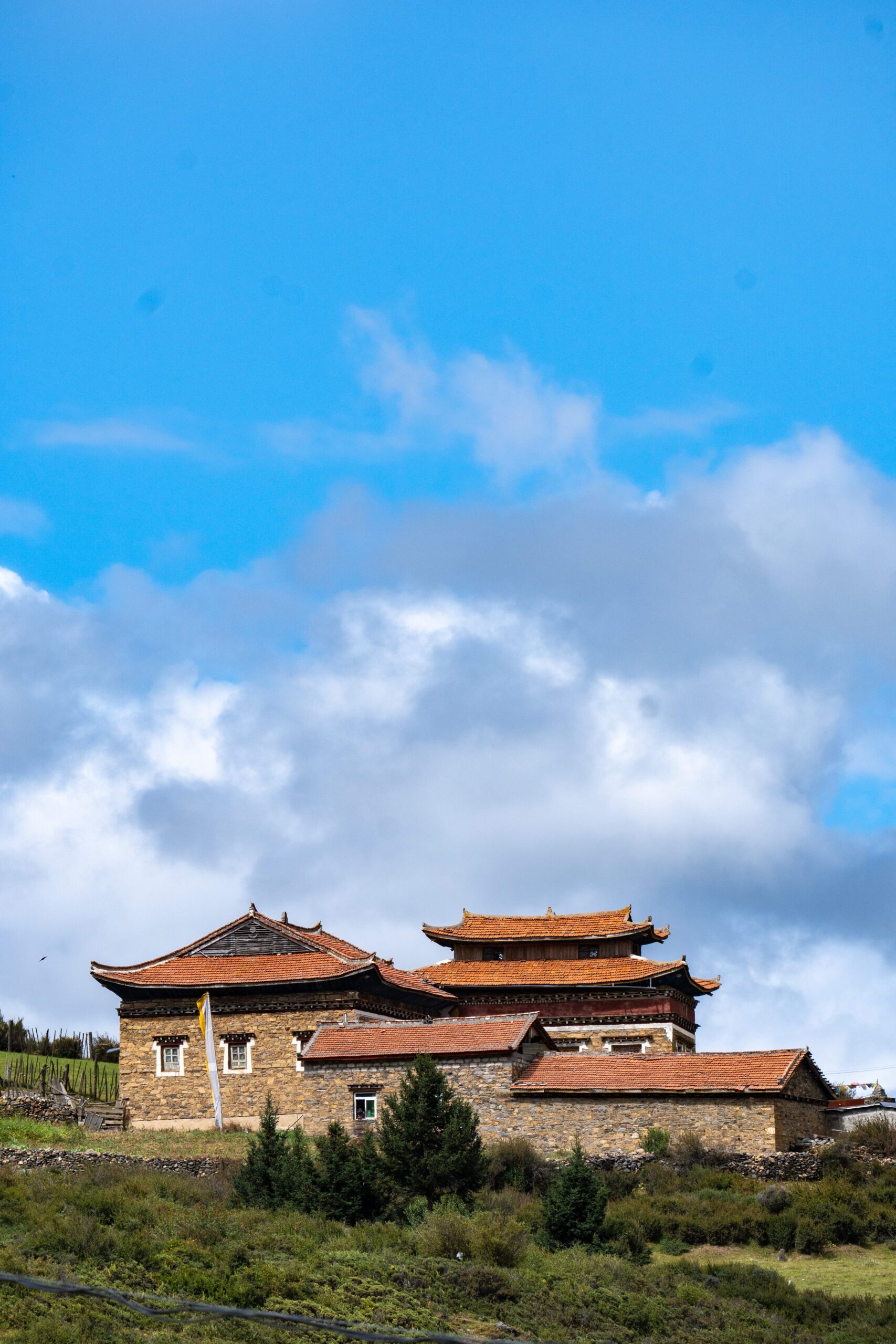
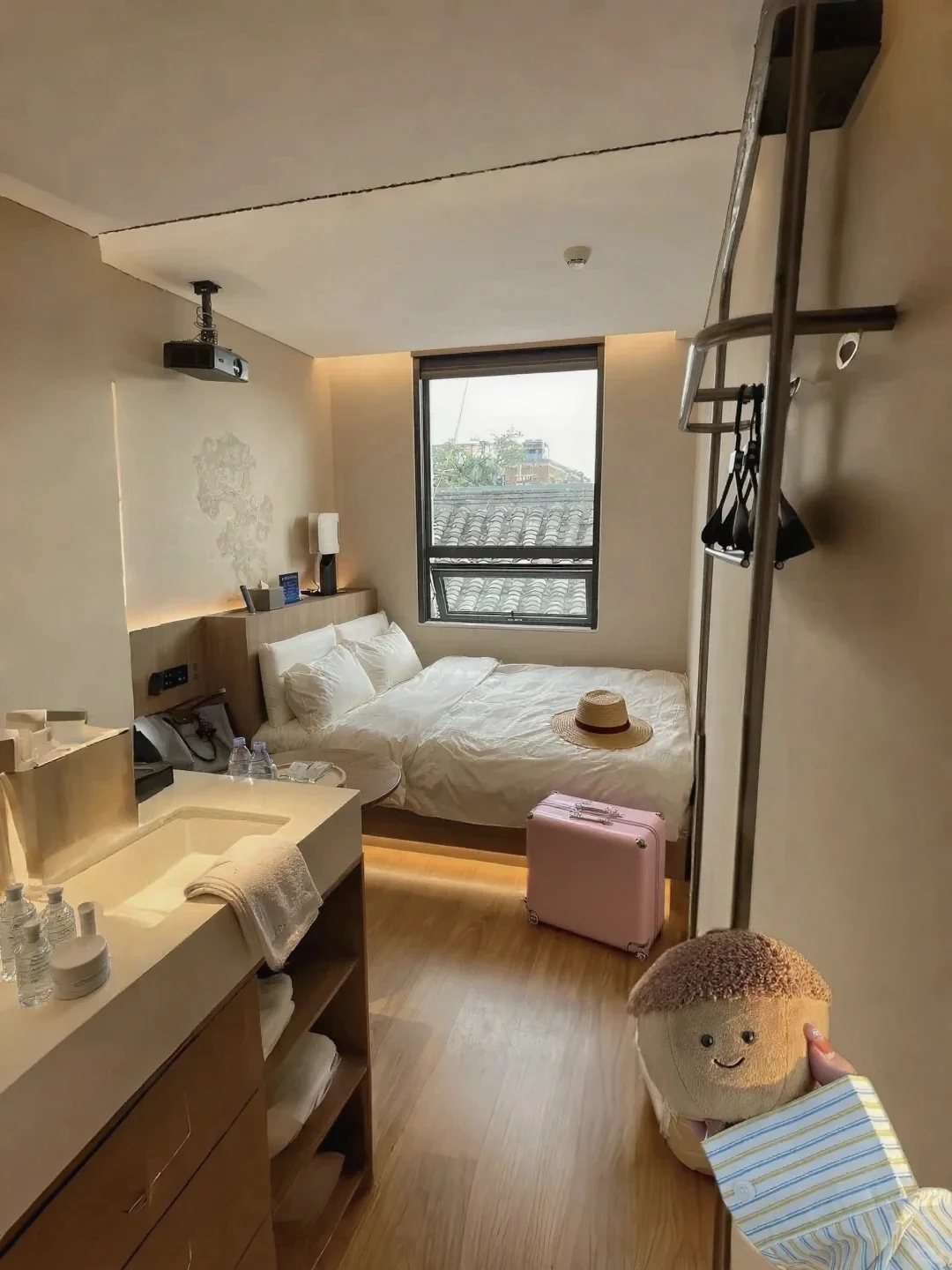
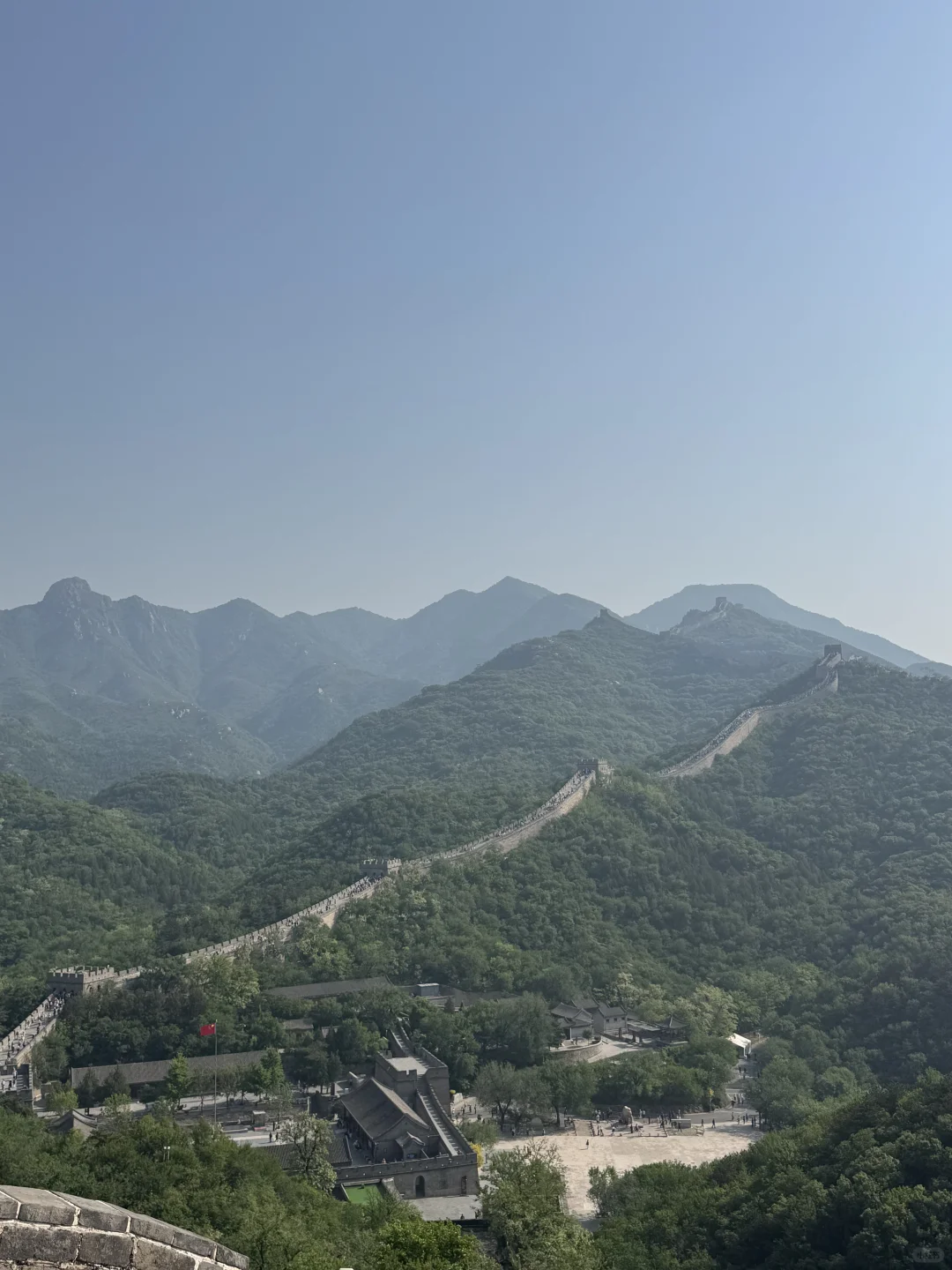
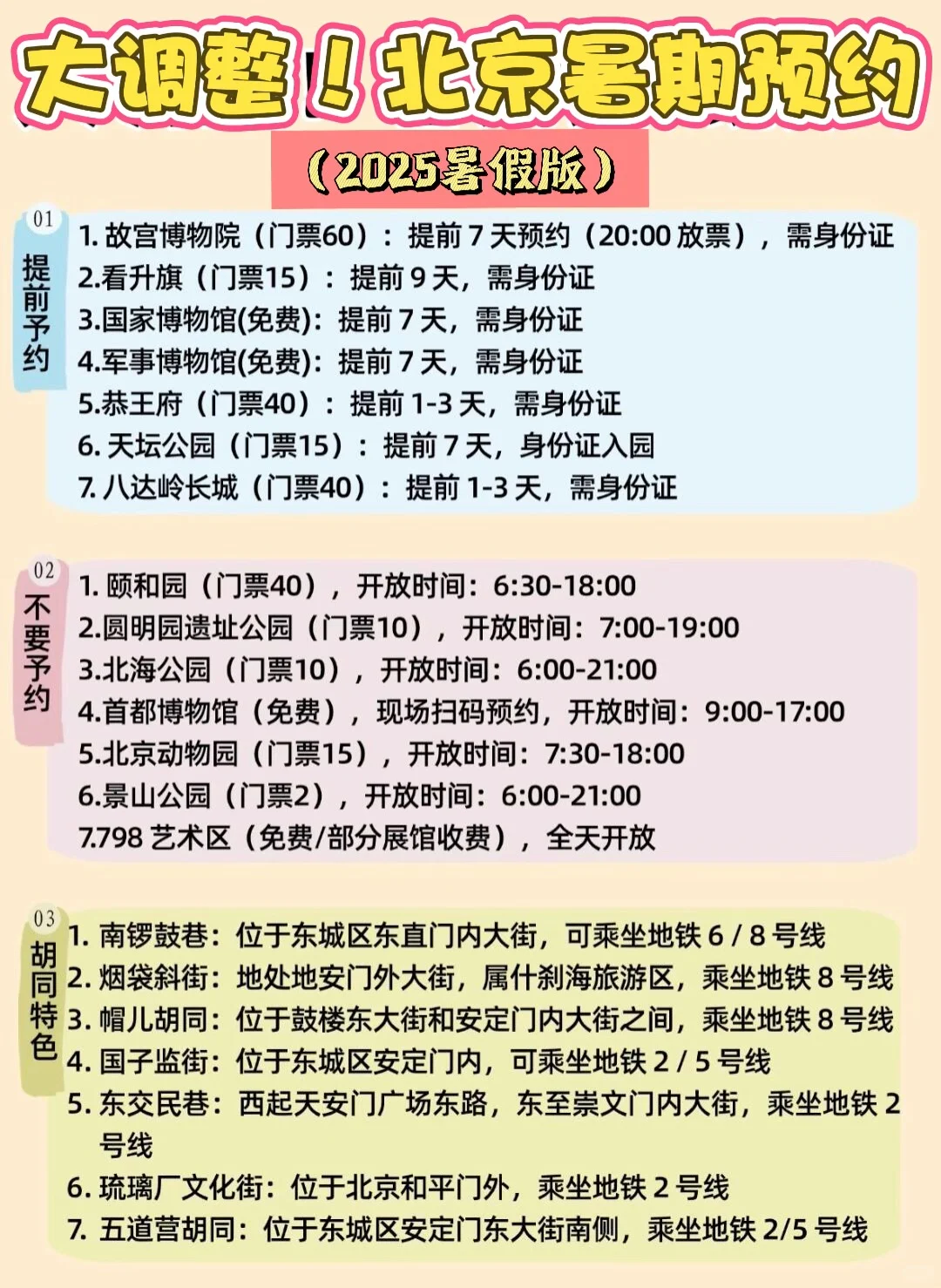
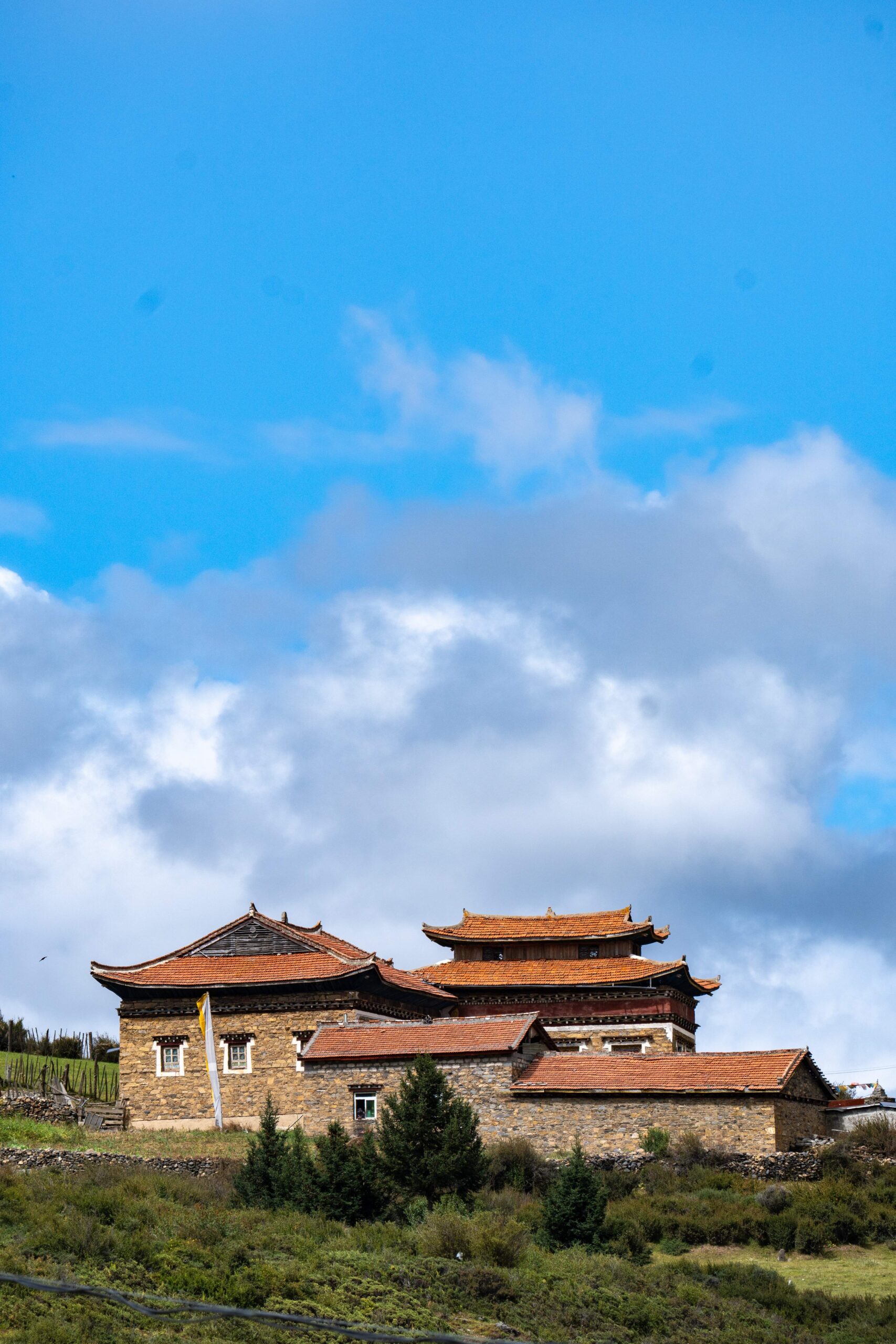
Explore the Real China.
Top Destination
Information